Why you can trust TechRadar
Click the video above to hear more about dual-cameras and what they are.
- Improved texture reproduction and sharpness
- Useful Live Photo options and powerful editing effects
- Mixed low light performance
The iPhone 8 Plus' camera is an evolution rather than a revolution when compared to what went before... but Apple didn’t need to reinvent anything here, as it was already one of the best phone cameras on the market. It's incredibly capable on the iPhone 8 Plus, even up against the newer models.
The thing that defines Apple's cameras is how easy they are to use – with every release of a new iOS they gain new (if not necessarily spectacular) features to improve the power of the camera, and the sensor gets imbued with some new capabilities.
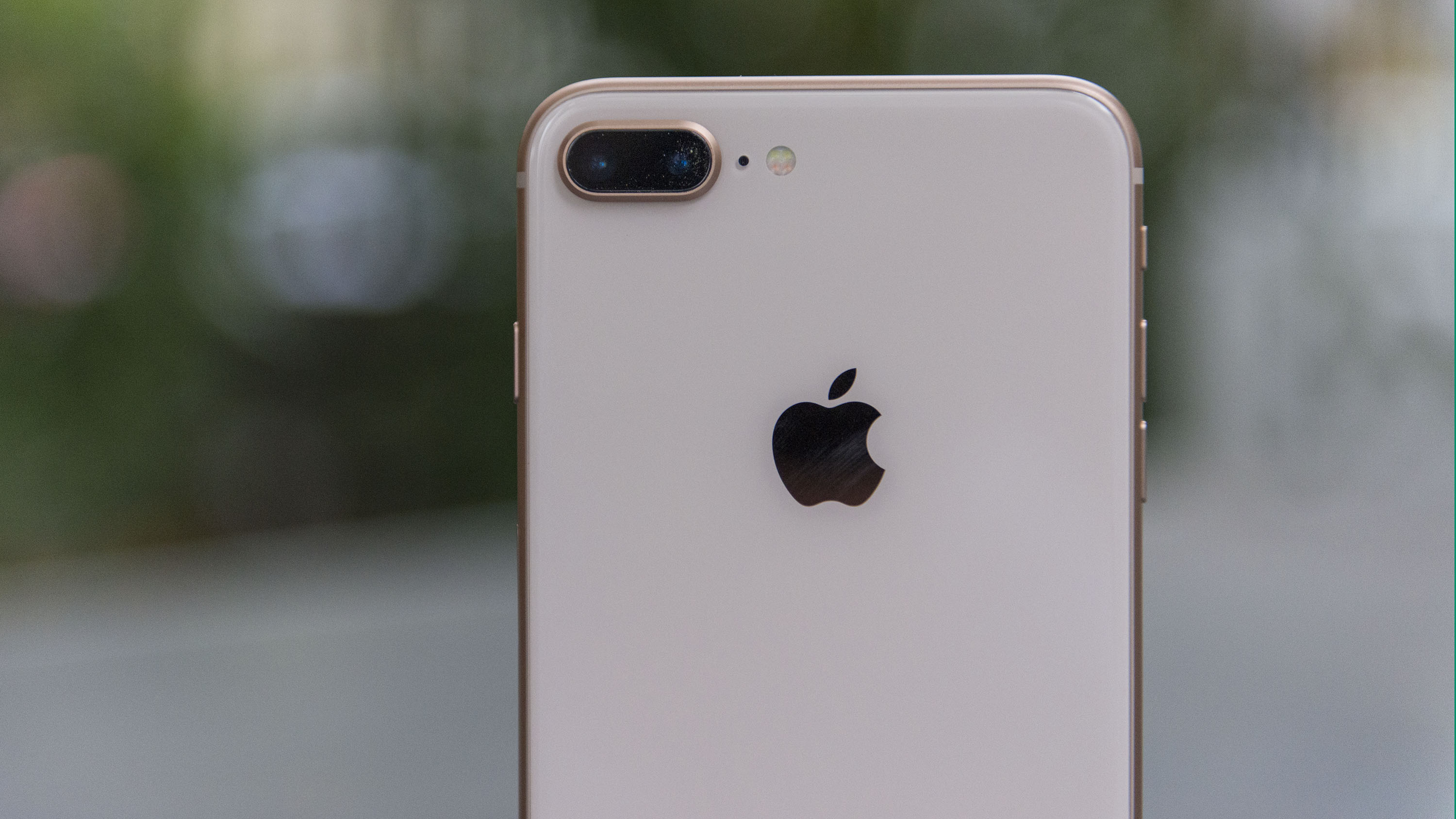
In this case, it's not the two 12MP cameras that were the biggest step up, but the processor inside – Apple rammed its own image signal processor (ISP) into the A11 Bionic chipset, and that leads to greater texture reproduction as more detail is captured.
The results are certainly evident – take a picture of clothing or a rough, stony floor and you'll retain so much more of the depth in those textures than on earlier iPhones. Most snaps look a touch sharper, and there's definitely more background defocusing going on, even when you're not using the aforementioned Portrait mode.
It's actually quite hard to activate Portrait mode intuitively – you have to swipe to the mode in the camera interface, and then wait for the camera to pick up the subject – which sometimes requires you to move the phone around.
The results can be awesome, but sometimes they can look a little average. However, there's no doubting that the camera tech is excellent at working out the subject, and more often than not we had snaps we wanted to share.
The overall performance of the camera is a cut above previous iPhone snappers, with the sharpness in mixed conditions impressive – you can make out plenty of detail in both the brighter and darker sections of the photo.
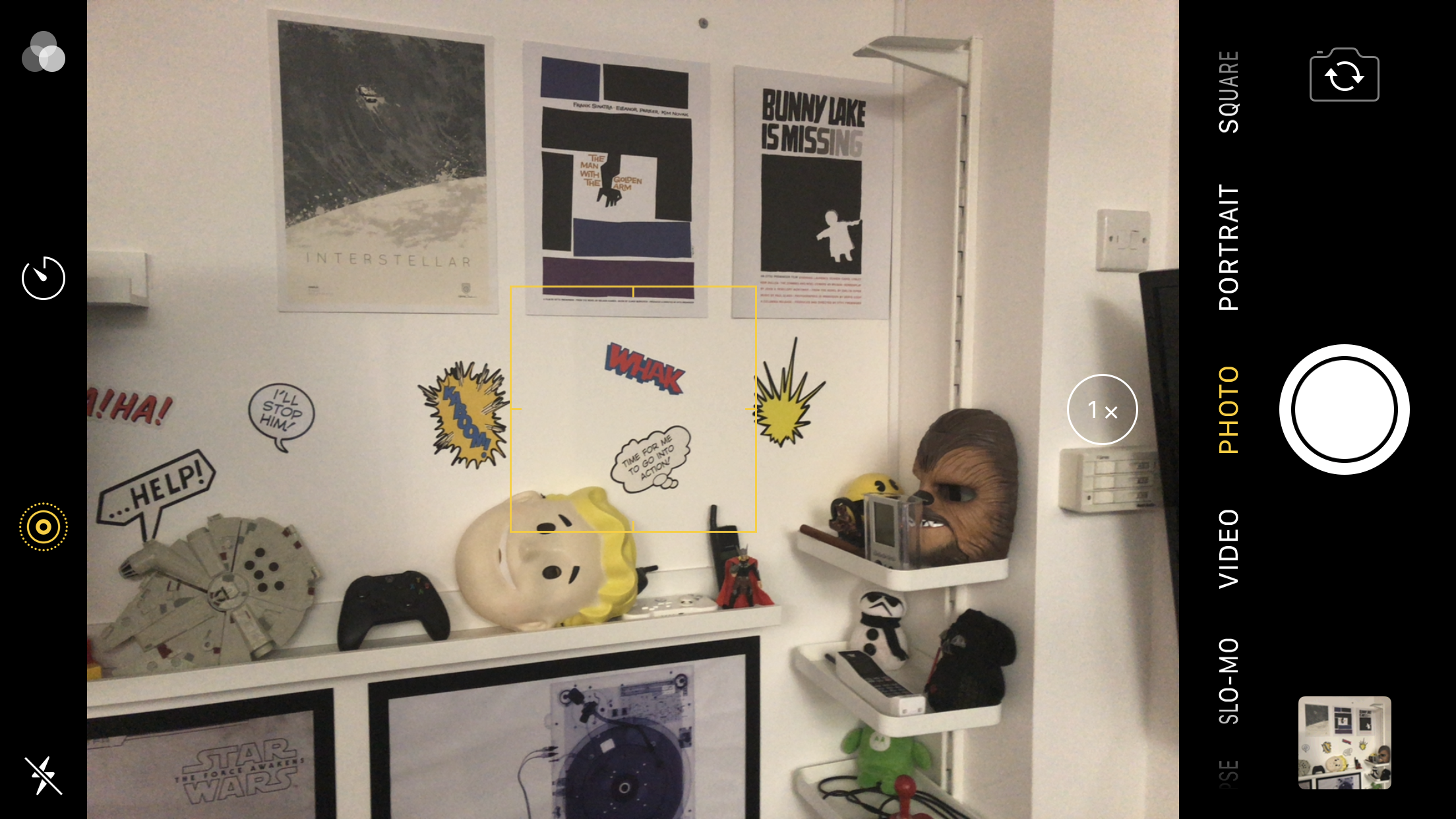
But what's most impressive with the new iPhone 8 Plus – combined with the new iOS 11 software, now updated to iOS 12 – are the editing capabilities, and what you can do with your photos post-capture.
The first is the new Loop, Bounce and Long Exposure options that arrived with iOS 11 and make real use of Live Photos. It's fun to play with the effects, and the phone will analyze an image and suggest which option you should use to get the best effect.
Long Exposure doesn't really add a huge amount to most Live Photos, but static images with a very singular, bright piece of motion work well. Bounce and Loop work nicely, and you can even set the resulting image as a watch face with a single tap.
The editing effects are powerful too – yes, they're mostly filters, but Apple has popped some excellent choices in there, and the color/brightness tweaks you can make are the perfect mix of simple and effective – the balance Apple strives to seek.
One of the things we didn't quite understand is the Slow Sync feature, which captures pictures of objects in low light with high brightness. The flash doesn't seem to react any differently than normal in these moments, and the difference wasn't particularly clear.
Low light performance in general is mixed, as the HDR capabilities aren't as evident here. Perhaps we're expecting too much from the iPhone, but when taking pictures of a candle in the darkness we had to work hard to get the flame clear by manually adjusting the exposure.
Overall, we noticed that the iPhone 8 Plus tends to overexpose every photo a little, with the picture captured looking brighter than the subject or scene in real life. There's very little processing going on, so the detail is reproduced incredibly faithfully at times.
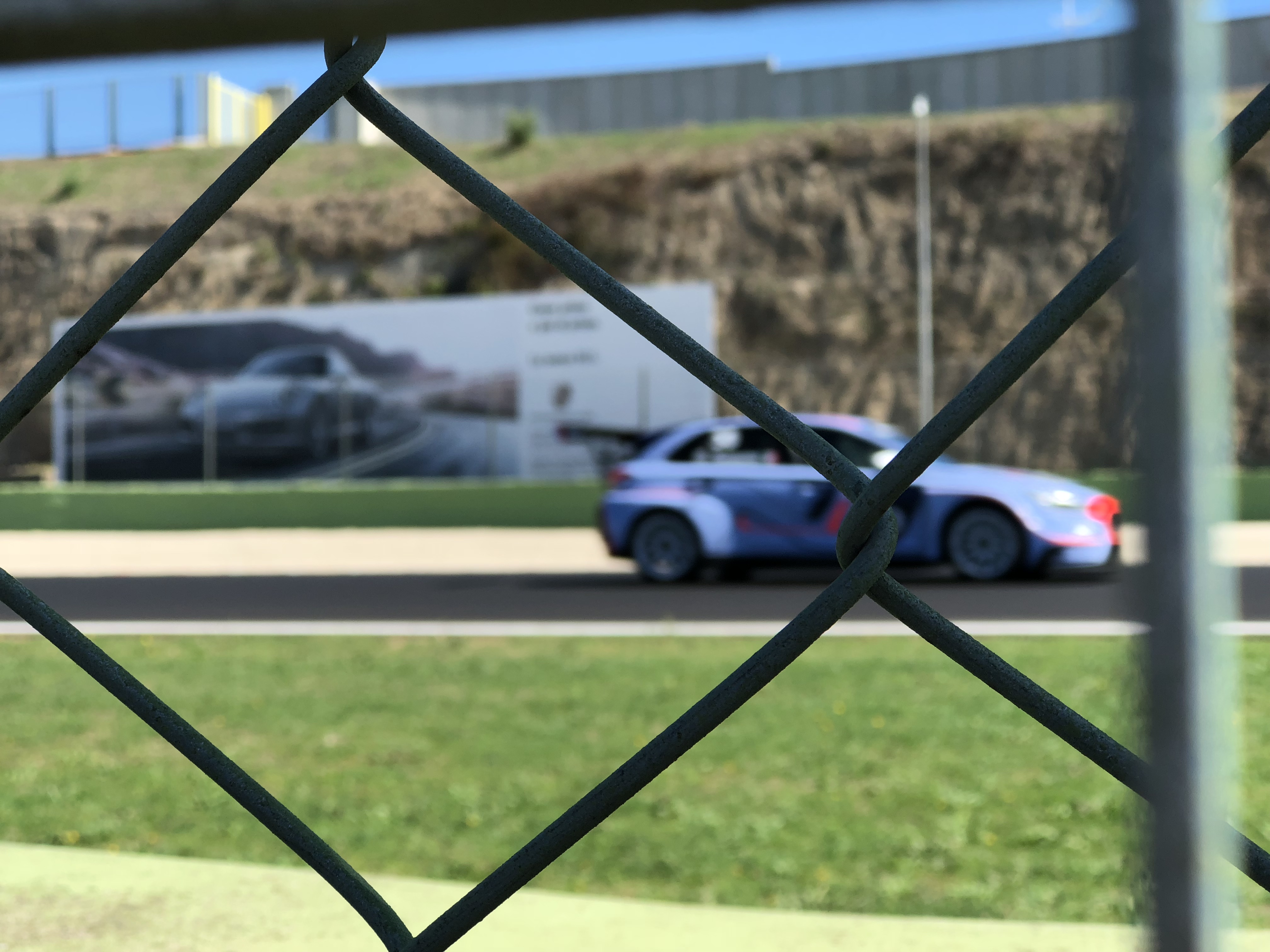
The autofocus, in particular, is very strong. Almost too much so – we wanted to take a snap of a fast-moving car in front of a static fence, but the iPhone 8 Plus was too rapid because the AF kicked in so quickly – and with no capability to decrease the shutter speed in the main camera app, our options were limited.
It's no bad thing though, and in general having this level of sharpness is excellent.
The new video modes are another example of Apple just bringing effects that actually make a difference to the camera phone party. The 4K 60 frames-per-second (fps) filming is really smooth and clear, and a nice way to future-proof your videos.
However, it munches up storage, as mentioned above, so you'll need to constantly sluice the files off if you want to leave space on your phone. The Full HD slow motion capabilities are also great – that means super-clear footage of the things you want to capture in exquisite detail.
It's not quite at the Super Slo-Mo level of the Sony Xperia XZ Premium and the Samsung Galaxy S9, but then again the iPhone 8 Plus' camera performs much better in low light and in rendering detail… plus you can fully choose where the slow mo works.
To summarize: you'll get some amazing photos with the iPhone 8 Plus. Maybe not every single time – we did get some poorer efforts on occasion – but on the whole you'll look at the results and be wowed by the performance.
Camera samples
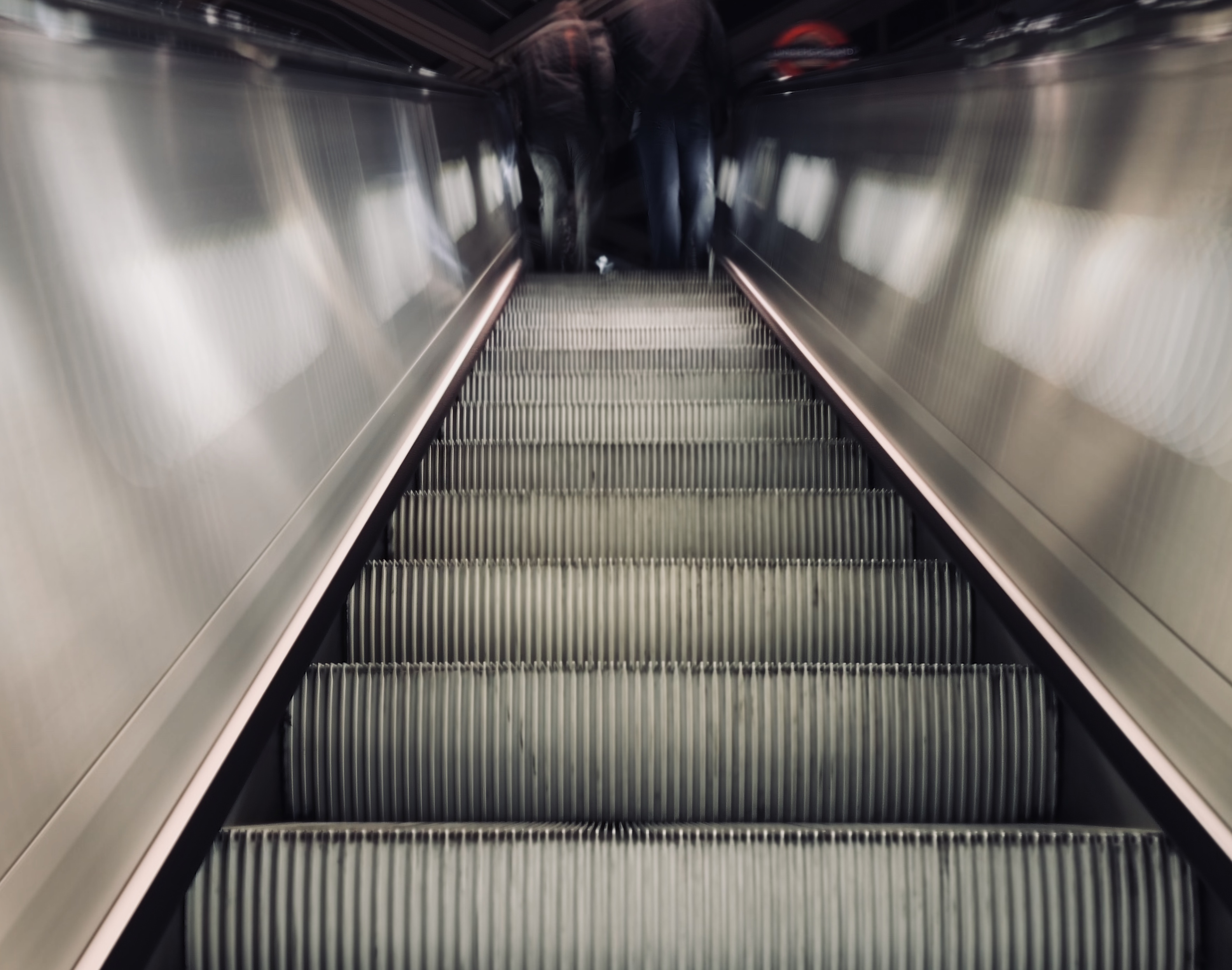
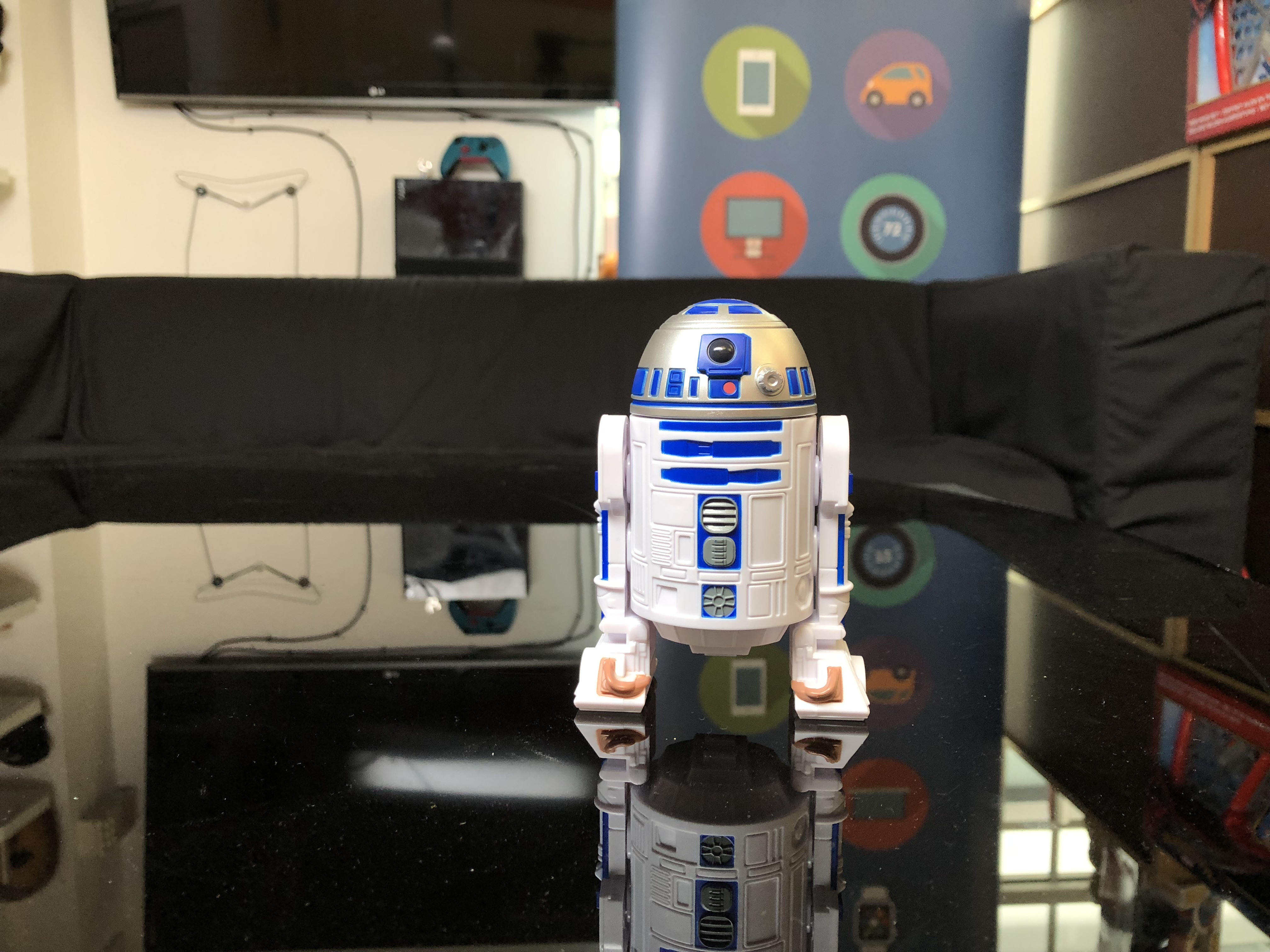
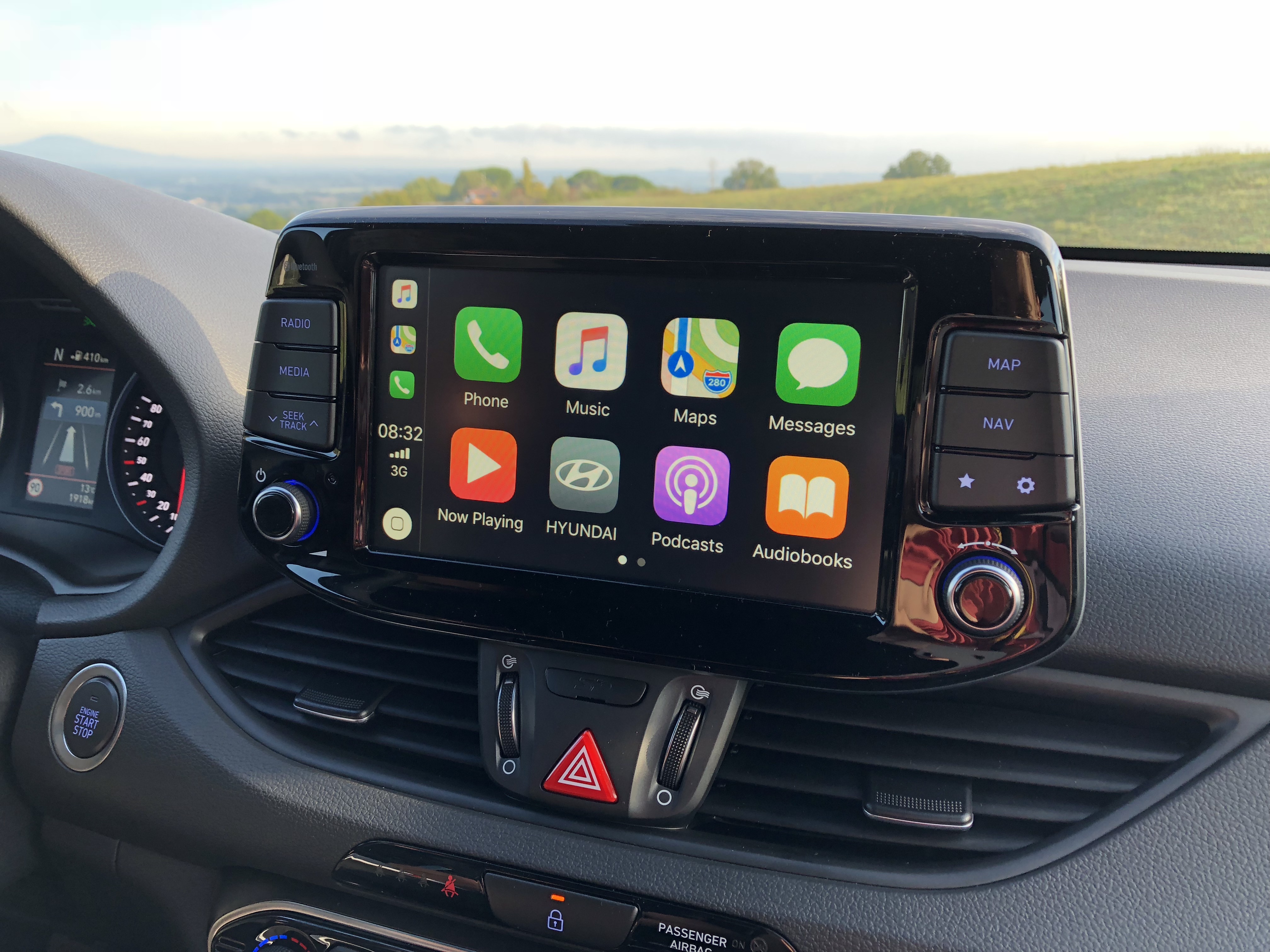
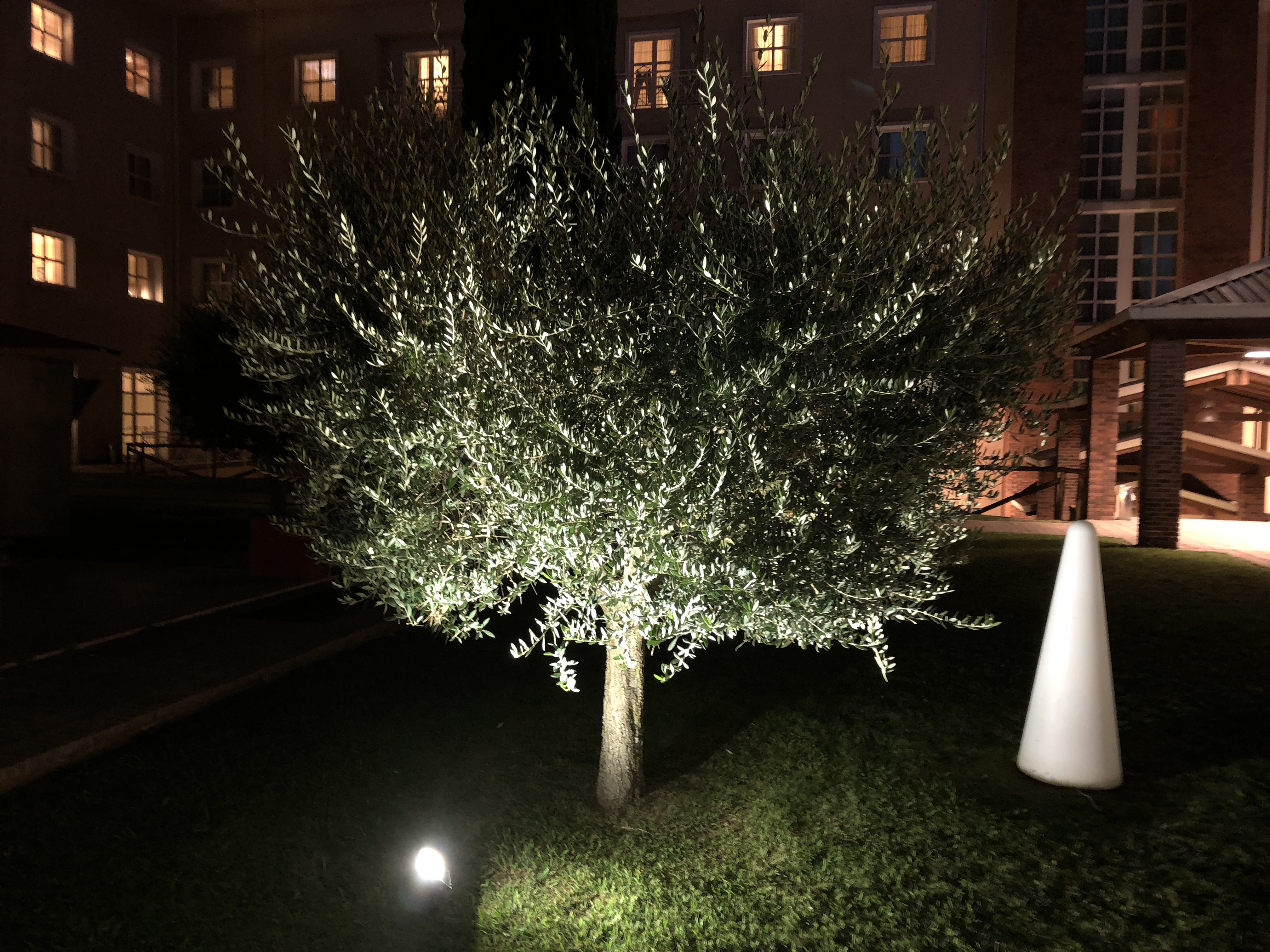
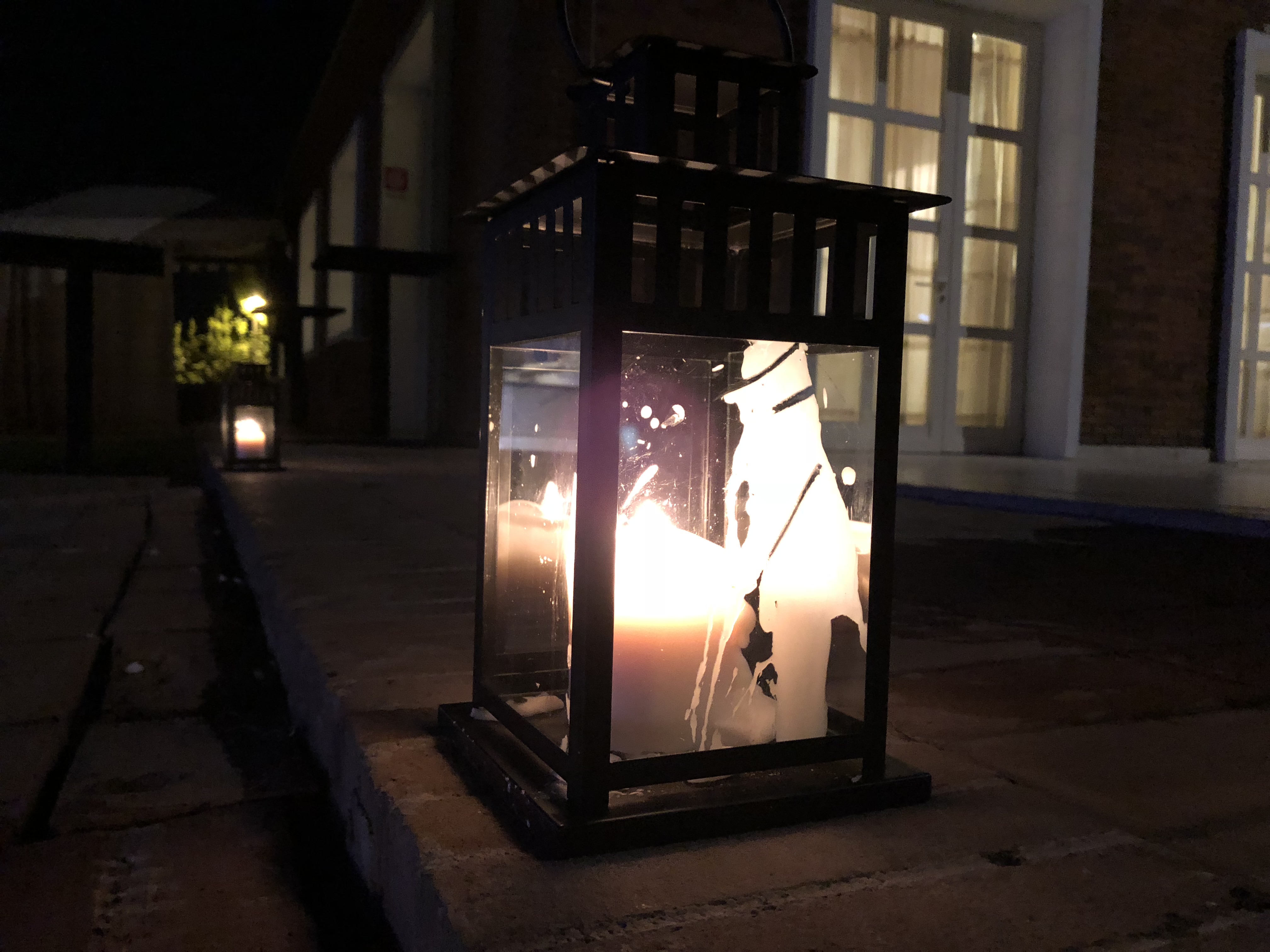
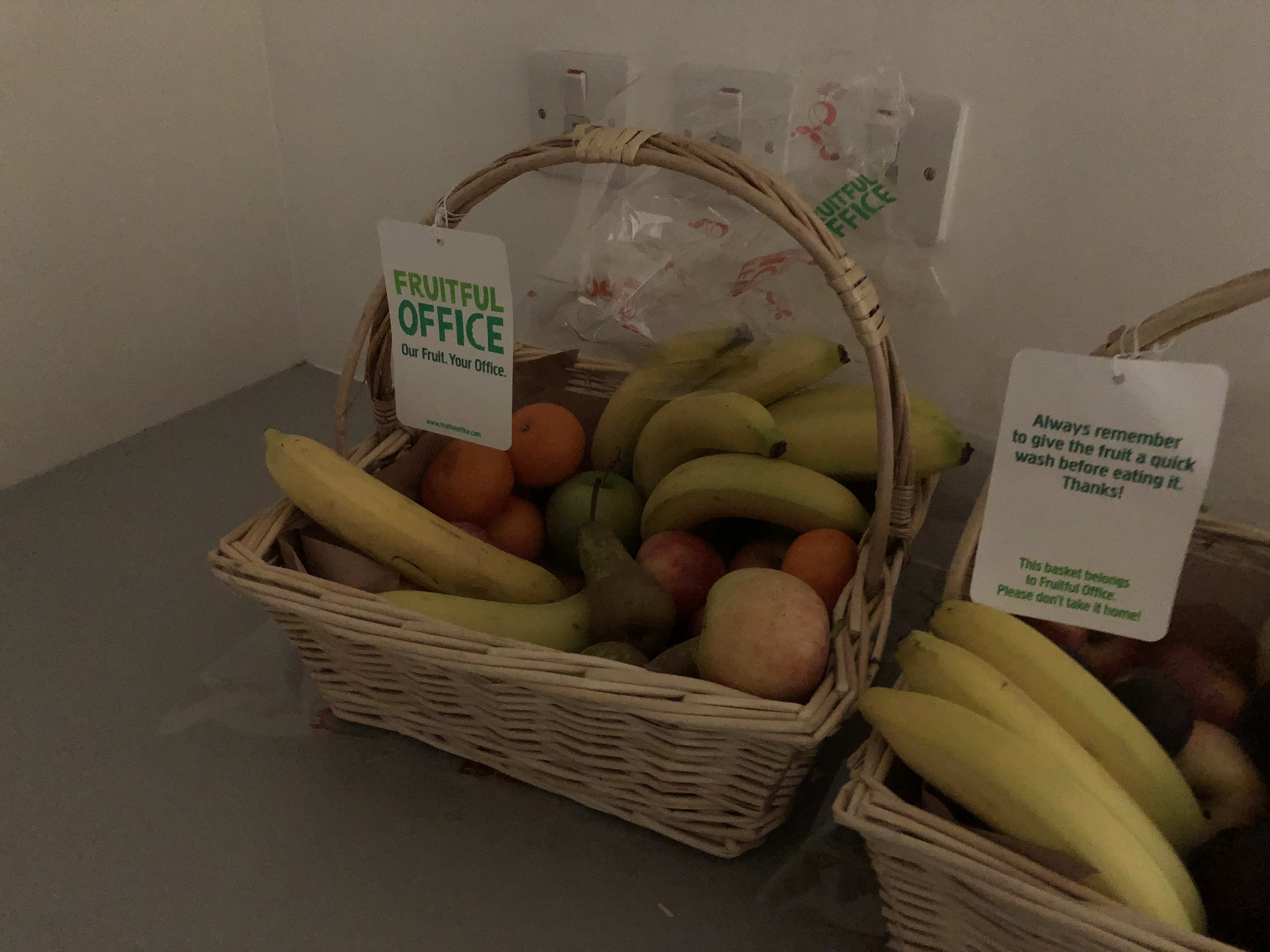

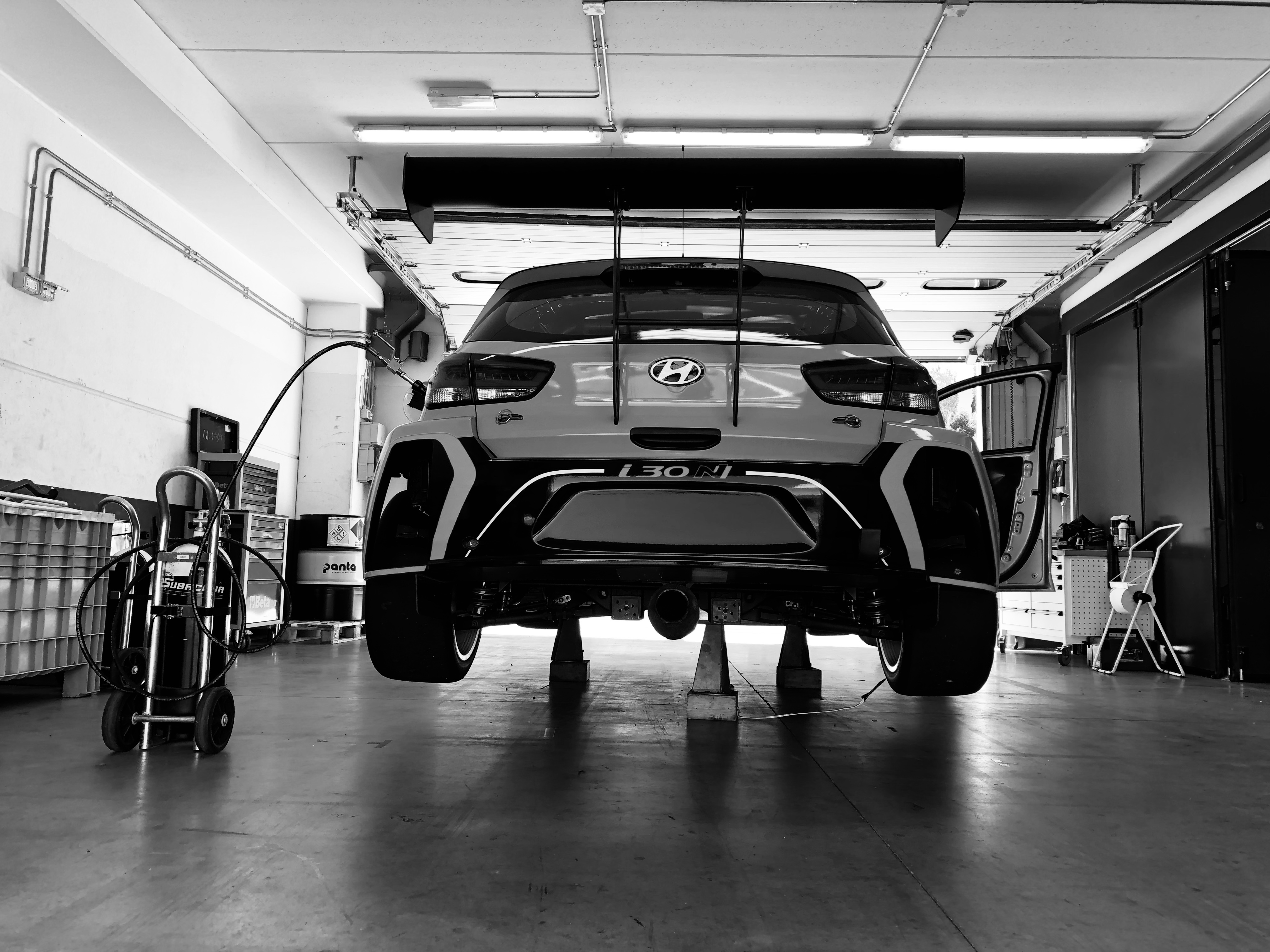
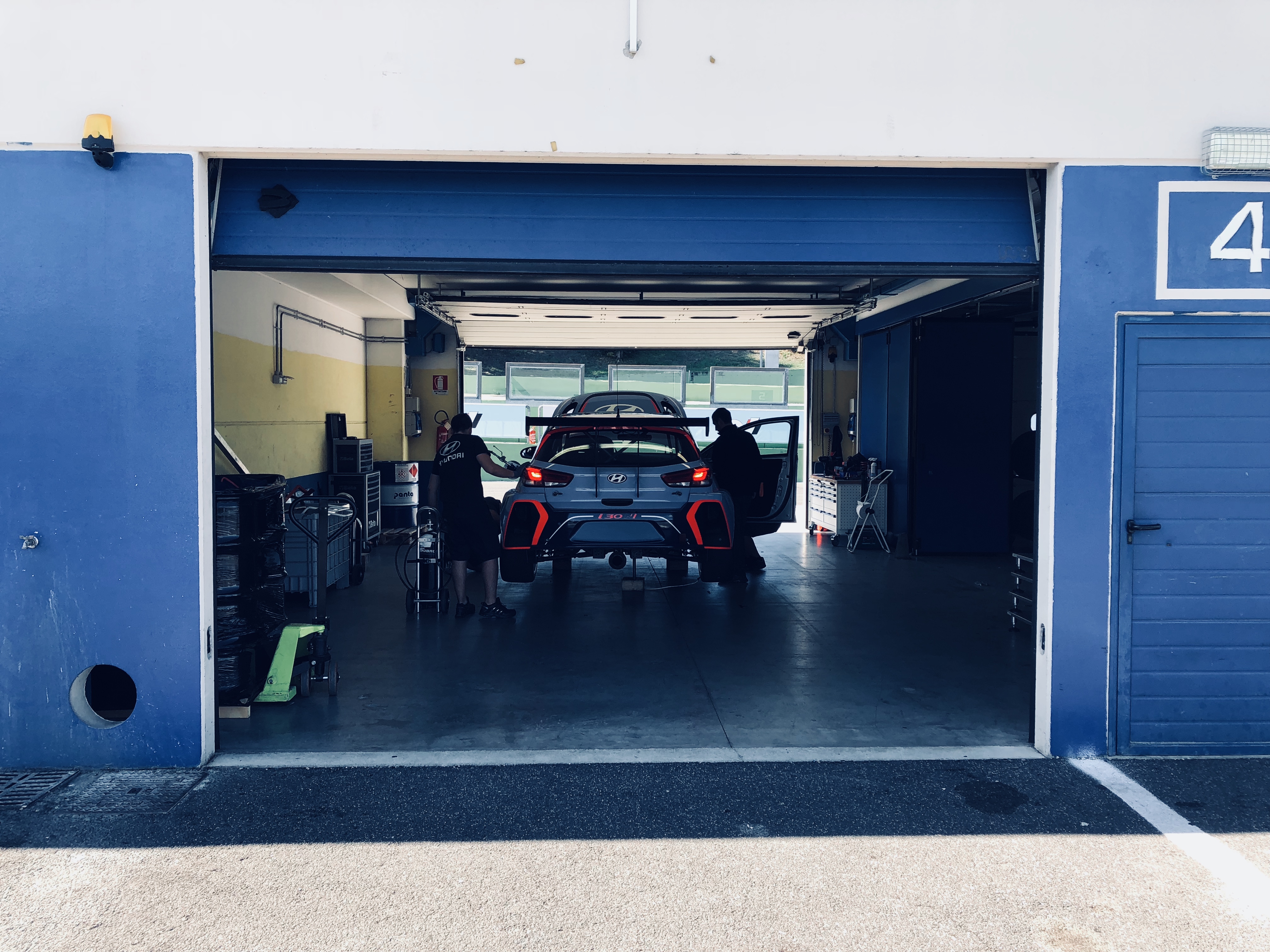




Gareth has been part of the consumer technology world in a career spanning three decades. He started life as a staff writer on the fledgling TechRadar, and has grew with the site (primarily as phones, tablets and wearables editor) until becoming Global Editor in Chief in 2018. Gareth has written over 4,000 articles for TechRadar, has contributed expert insight to a number of other publications, chaired panels on zeitgeist technologies, presented at the Gadget Show Live as well as representing the brand on TV and radio for multiple channels including Sky, BBC, ITV and Al-Jazeera. Passionate about fitness, he can bore anyone rigid about stress management, sleep tracking, heart rate variance as well as bemoaning something about the latest iPhone, Galaxy or OLED TV.
